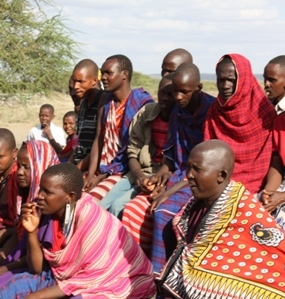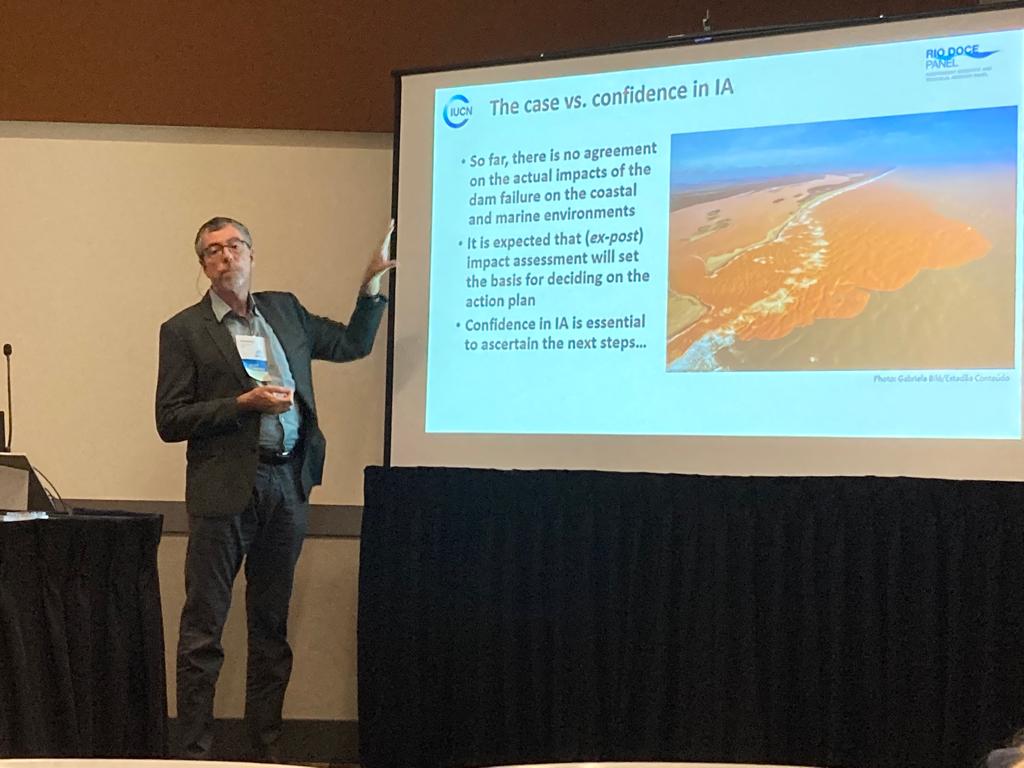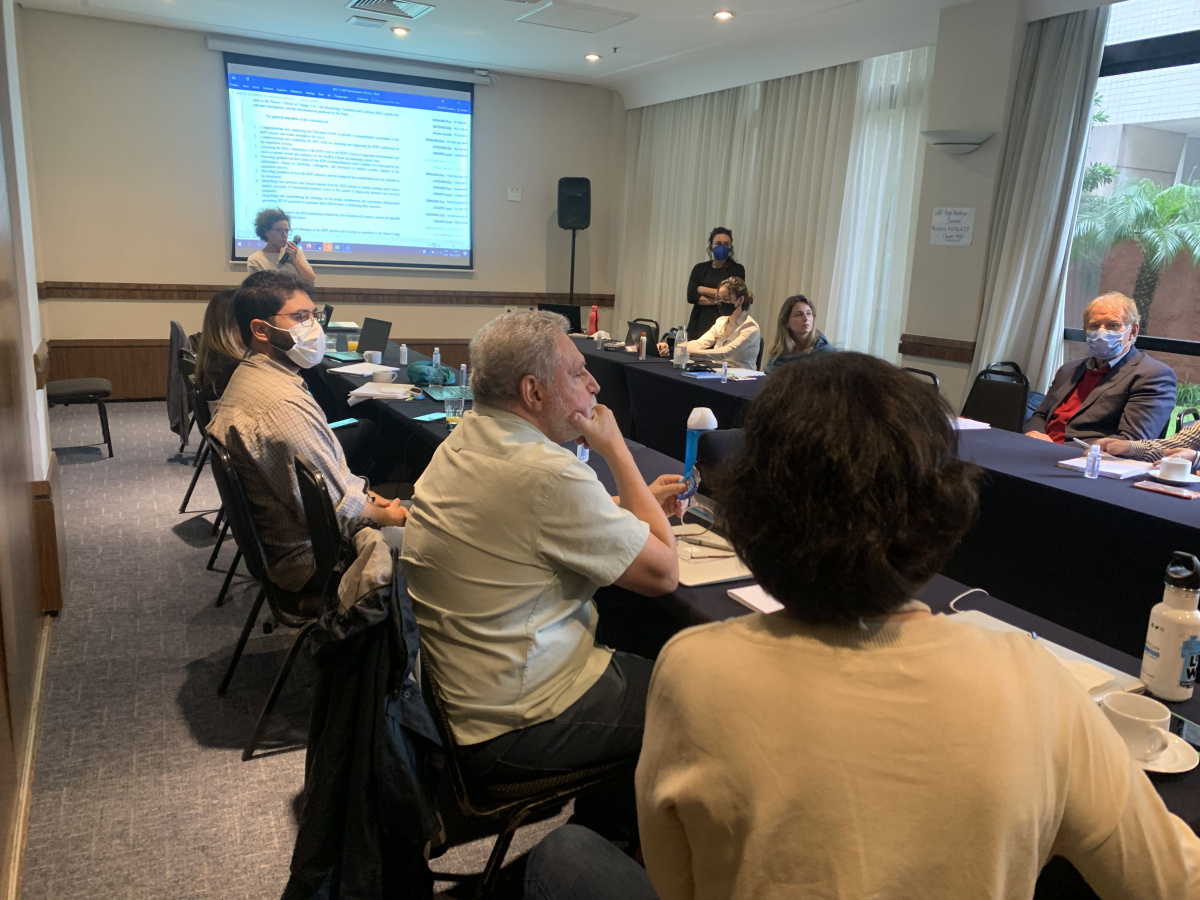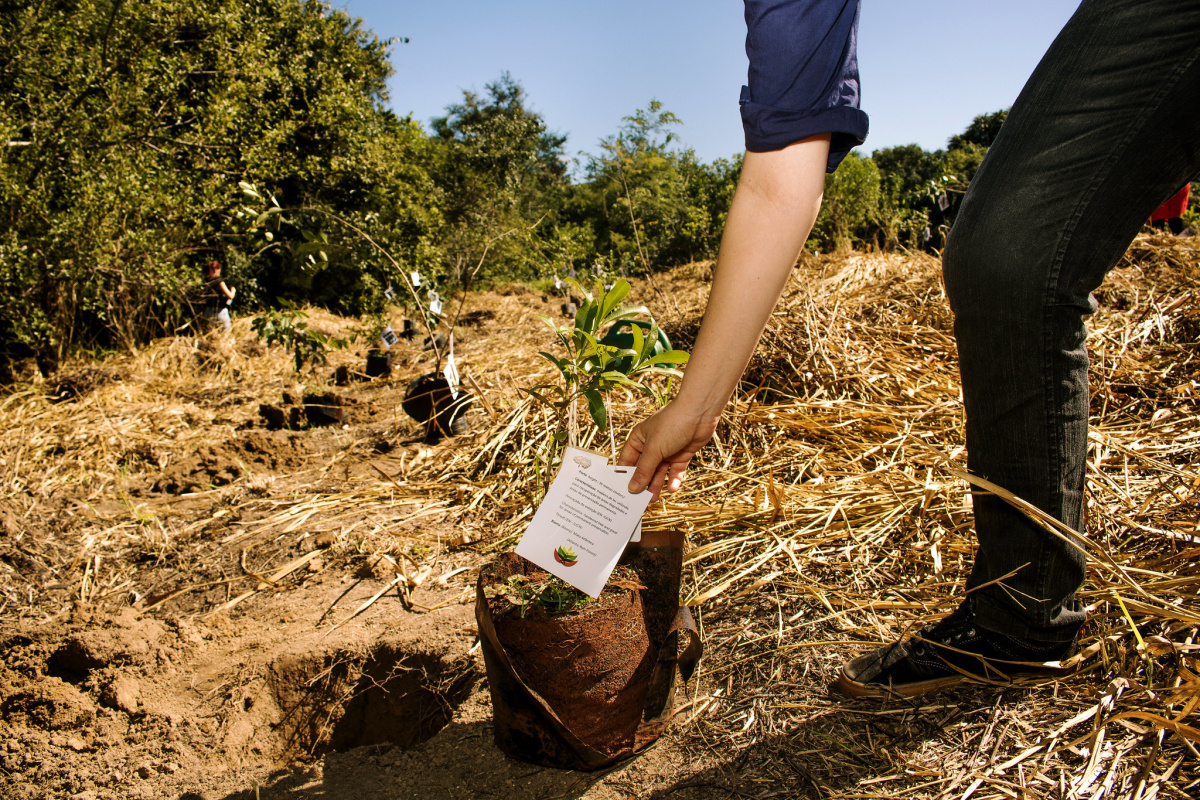Global forum on protected areas puts nature at the heart of a sustainable future
IUCN World Parks Congress 2014 opens today in Sydney

Photo: IUCNClaire Warmenbol
Sydney, Australia, 12 November 2014 – More than 5,000 delegates from over 160 countries including Heads of State, park rangers, business executives and Indigenous leaders, have gathered in Sydney to define the future of protected areas and place them at the centre of solutions to today’s global challenges.
Held once every decade since 1962, the IUCN World Parks Congress is the only global forum dedicated to protected areas – national parks, nature reserves and community conserved areas, established to conserve nature and the benefits it provides.
Organized by the International Union for Conservation of Nature (IUCN) and the Government of Australia under the theme ‘Parks, People, Planet: Inspiring solutions’, the Congress will take stock of progress made towards achieving global targets, address the threats protected areas face today and promote nature’s solutions to global sustainability challenges.
The event opened today with the arrival in Sydney of four traditional vaka canoes, which sailed from Fiji and New Zealand with Pacific leaders on board, urging the world to protect oceans against the devastating impacts of climate change.
“From the Royal National Park in Sydney – our nation’s first protected area – to the Great Barrier Reef – one the most iconic of them all – protected areas have been Australia’s heart and soul for decades,” says Australian Environment Minister Greg Hunt. “We are proud to host the event, which will set the international agenda for managing those unique and precious places for the future.”
Delegates in Sydney will devise a roadmap for achieving the global target to protect at least 17% of land and 10% of oceans by 2020, which itself was born of the discussions at the previous IUCN World Parks Congress in Durban, South Africa. Also on the table will be the challenges faced by protected areas globally, including climate change, poaching and the illegal wildlife trade, as well as destructive activities such as illegal logging and mining.
IUCN will present some of its most innovative products at the Congress, including the IUCN Green List of Protected Areas – the first international standard recognizing well-managed protected areas – and the IUCN World Heritage Outlook – the first global assessment of natural World Heritage sites. Delegates will also see the launch of Google underwater ‘street view’, including the largest collection of underwater images of the Great Barrier Reef released to date.
“We know that protected areas work, both for conserving nature and for ensuring the well-being of people,” says IUCN Director General Julia Marton-Lefèvre. “In Sydney, we want to place them at the heart of our economies and societies. With today’s growing challenges, including climate change, disasters, food and water security, lack of economic stability and the rise of infectious diseases, it is high time we start using the solutions that nature offers us.”
Today’s more than 200,000 protected areas cover around 15% of land and 3% of the oceans. While protecting some of the world’s most threatened species, protected areas support human livelihoods and economies. Although the number of protected areas has increased in recent years, there are many gaps in their global coverage and many of them are under-funded and poorly managed.
New South Wales (NSW) Environment and Heritage Minister Rob Stokes said NSW was a fitting host for the World Parks Congress due to its strong history with protected area management.
“New South Wales has grown its park estate from one per cent of the state in 1967 when our parks service was first established to an expansive network today covering more than seven million hectares or nine per cent of our land area,” Mr Stokes said. “We are proud that almost a quarter of the parks estate in NSW is covered by joint management agreements with the traditional owners. NSW is also home to the world’s second oldest national park, and our nation’s first, demonstrating our long standing commitment to protecting our environmental and cultural assets.”
The event will provide the opportunity for governments to announce new protected area commitments and emergency action plans, such as to combat the escalating poaching crisis in Africa. Its outcomes will be captured as The Promise of Sydney, which will help define innovative approaches for addressing conservation and development goals in the years ahead.
For more information please contact:
Ewa Magiera, IUCN Media Relations, m +41 76 505 33 78, ewa.magiera@iucn.org
Marshall, Margot, Media & Public Affairs Director, m: +61 418 624 847, Margot.Marshall@environment.gov.au
National Geographic, Reuters and Deutsche Welle are the official IUCN World Parks Congress 2014 media partners.



